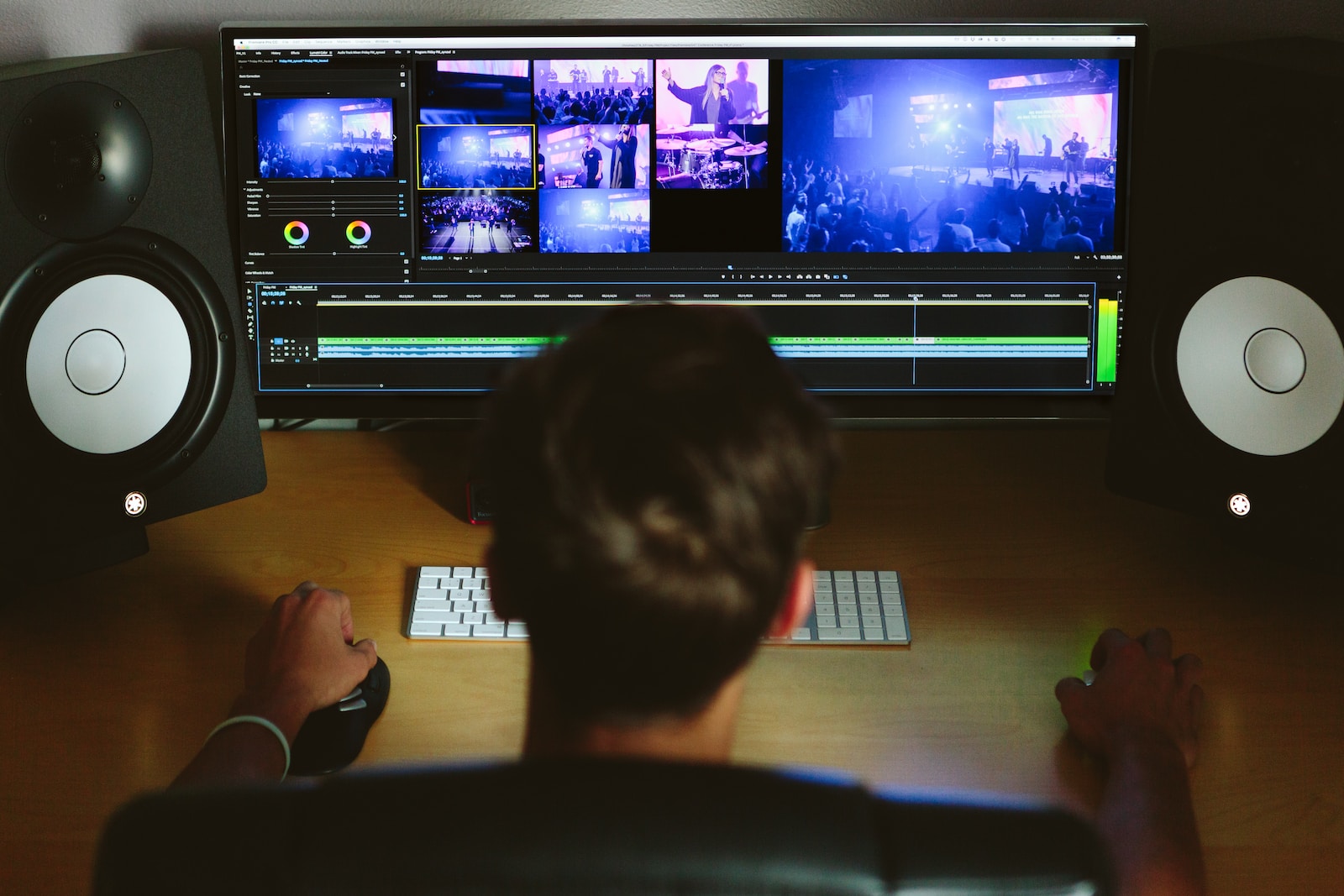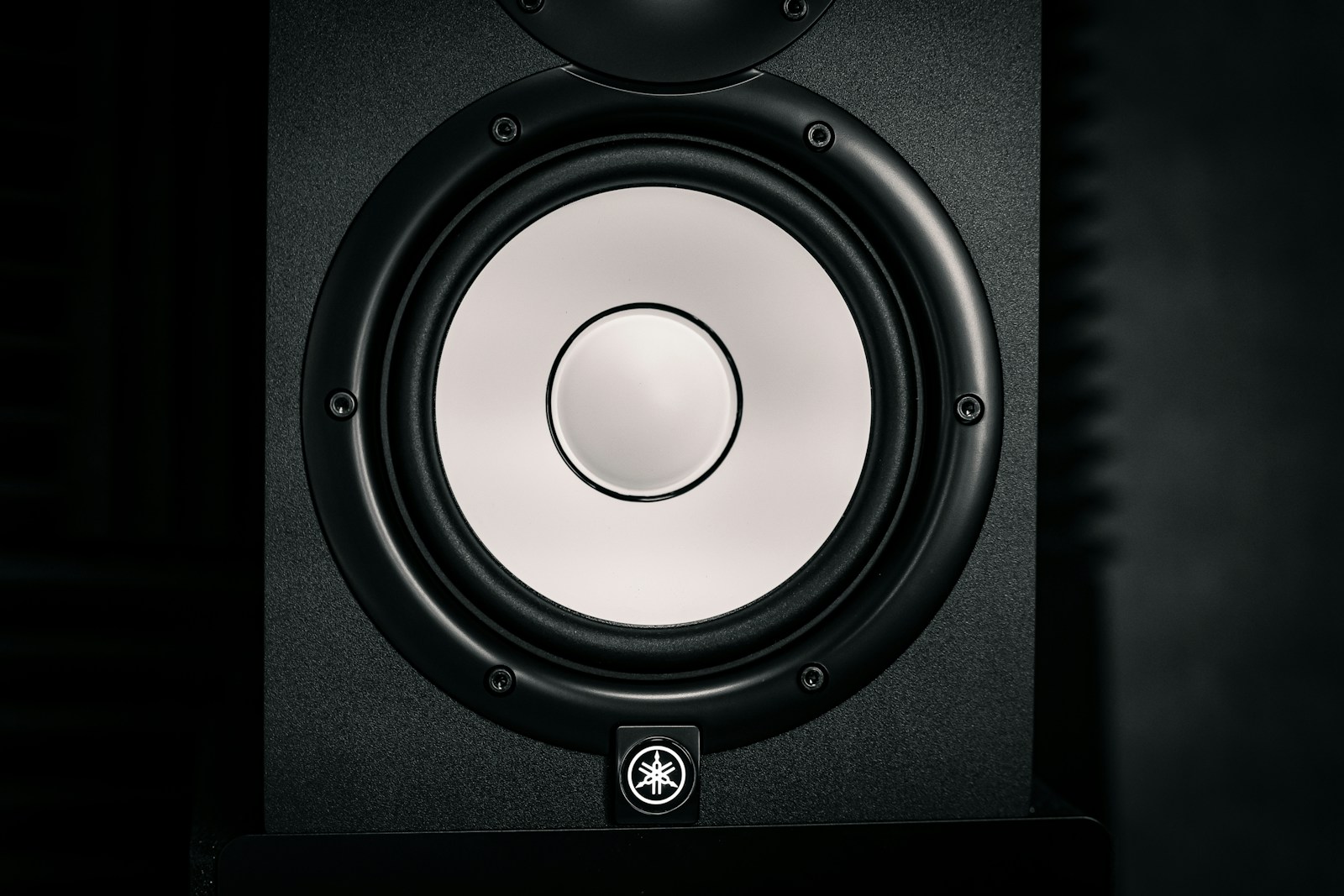
Just like headphones, speakers designed for producers, consumers, HiFi enthusiasts, and DJs are typically optimized for different use cases and listening environments, which can result in differences in their design, features, and sound signature. Here are some general differences you might find:
- Speakers for producers are designed to provide accurate and neutral sound reproduction. They are used in studio environments where producers need to hear every detail of the music they are working on. These speakers typically have a flat frequency response, so they don’t color the sound and allow producers to hear the mix as it truly is.
- Speakers for consumers are designed to provide an enjoyable listening experience for casual listeners. They may have a more colored sound signature that emphasizes certain frequencies, such as bass or treble, to make music sound more appealing. They may also have features like Bluetooth connectivity or voice assistants built-in.
- HiFi speakers are designed to provide high-fidelity sound reproduction for audiophiles. They aim to reproduce the sound as accurately as possible, with a flat frequency response and minimal distortion. They often have larger drivers and better build quality than consumer speakers.
- DJ speakers are designed for use in live performance settings, such as clubs or festivals. They are designed to be loud and clear, with a focus on delivering a powerful, punchy bass that can be felt as well as heard. They may also have features like built-in amplifiers, input options, and the ability to handle high volume levels without distortion.

So when choosing a pair of studio monitors, consider several things below:
- Frequency response: The frequency response of a speaker refers to the range of frequencies that it can accurately reproduce. Look for a speaker with a flat frequency response, as this will ensure that you are hearing your audio as accurately as possible. Ideally, the frequency response should be within +/- 3 dB across the entire audible frequency range (20 Hz – 20 kHz).
- Driver size: The size of the driver (the cone-shaped part of the speaker that produces the sound) can affect the speaker’s overall sound quality. Generally, larger drivers are better for producing lower frequencies, while smaller drivers are better for higher frequencies. Studio monitors usually come in different sub-woofer sizes ranging from 5”-8”. If you find speakers with 3”-4”, you may find that they do not have enough “punch” on the low-end spectrum. On the other hand, if you find speakers with sub-woofer ranging from 10”-15”, they may have too much power for indoor use, have ‘muddier’ sound, and may be more suitable for live application.
- Room size: The size of your studio or listening space can also affect the type of monitor you choose. Smaller rooms may benefit from smaller monitors, while larger rooms may require larger monitors for optimal sound.
Understanding the differences between speakers designed for producers and speakers designed for other purposes is important because it can affect the accuracy and quality of the sound that you hear. Producers need to hear every detail of their music in order to make informed decisions about mixing and mastering, and therefore require speakers that provide a flat and neutral sound with a wide frequency response.
On the other hand, speakers designed for consumers, HiFi enthusiasts, or DJs may emphasize certain frequencies or be optimized for different listening environments, which can lead to a very different listening experience. By choosing the right type of speaker for your specific needs, you can ensure that you are getting the best sound quality and accuracy for your listening or production requirements. Understanding the differences between these types of speakers can also help you to make informed purchasing decisions, as you can choose a speaker that is optimized for your specific use case and budget.

